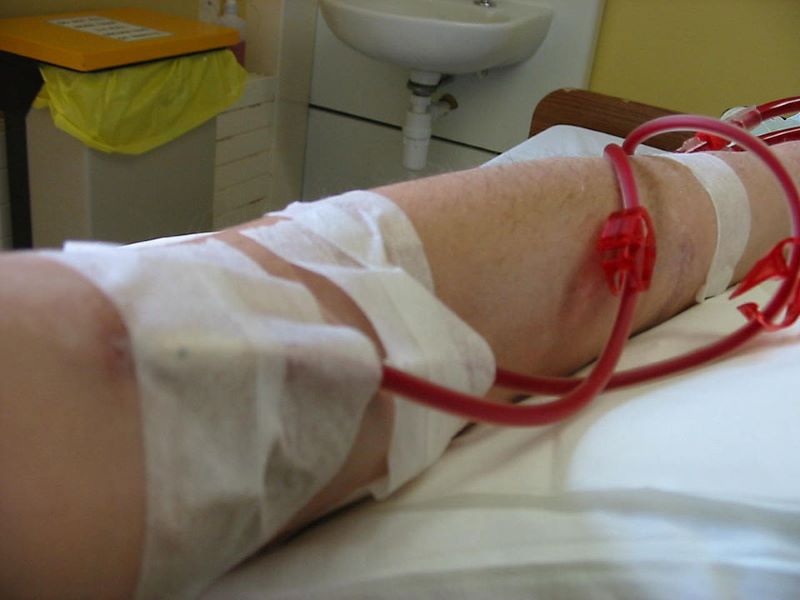
Medtronic has reported that results from the study of its IN.PACT AV drug-coated balloon (DCB) showed sustained and superior effectiveness for two years in treating arteriovenous fistulae (AVF) lesions.
The data from the study showed that when compared to standard percutaneous transluminal angioplasty (PTA) in end-stage renal disease (ESRD) patients with de novo or non-stented restenotic native AVF in the upper extremity, the DCB exhibited longer and superior effectiveness.
Named IN.PACT AV Access Study, the prospective, global, single-blinded randomised controlled trial (RCT) enrolled a total of 330 participants at 29 sites in the US, Japan and New Zealand.
Medtronic peripheral vascular health business president Dave Moeller said: “These results are significant not only because IN.PACT AV is the only DCB to meet both safety and effectiveness endpoints through six months, but also because it demonstrates that at two years, IN.PACT AV does better than PTA in helping to keep critical lifelines open and reduce the number of times a patient needs to return to their physician for a reintervention.”
The 24-month data showed that the IN.PACT AV DCB group had a continued clinical benefit versus the standard PTA control group.
Furthermore, 52.2% target lesion primary patency for two years was observed in the IN.PACT AV DCB group versus 36.2% in the PTA control group.
How well do you really know your competitors?
Access the most comprehensive Company Profiles on the market, powered by GlobalData. Save hours of research. Gain competitive edge.

Thank you!
Your download email will arrive shortly
Not ready to buy yet? Download a free sample
We are confident about the unique quality of our Company Profiles. However, we want you to make the most beneficial decision for your business, so we offer a free sample that you can download by submitting the below form
By GlobalDataFreedom from all-cause mortality for the time period was 82.4% in the IN.PACT AV DCB group and 82.8% in the PTA control group.
Auckland University radiology associate professor Andrew Holden said: “A patient who receives hemodialysis will often need to have several reinterventions each year to maintain patency and keep critical access sites open and functioning properly.
“Being able to show these results at two years will ultimately impact standard of care for patients undergoing dialysis. For my patients, these durable results translate into fewer reinterventions and a better quality of life.”
In ESRD patients, AVF are created and used for delivering hemodialysis. Gradually, vessel restenosis lowers the ability to effectively use AVF.
In such cases, DCBs could prolong the time between reinterventions by preserving AVF access site patency, subsequently increasing uninterrupted access to dialysis care for patients.



